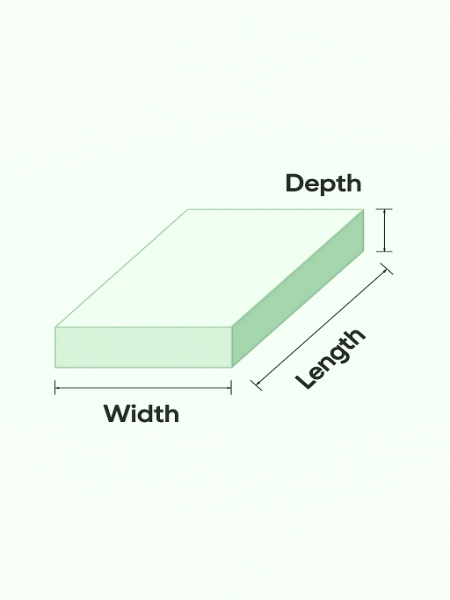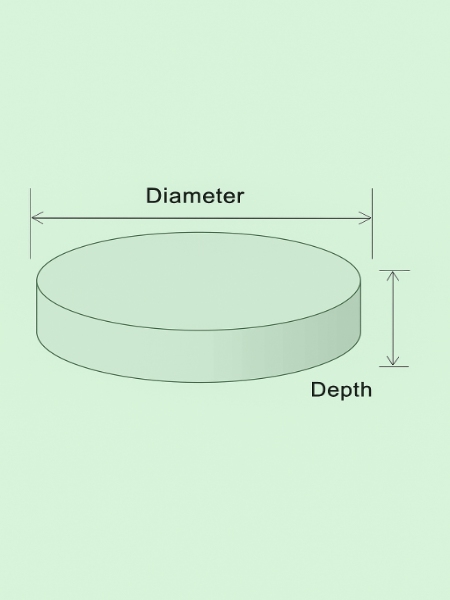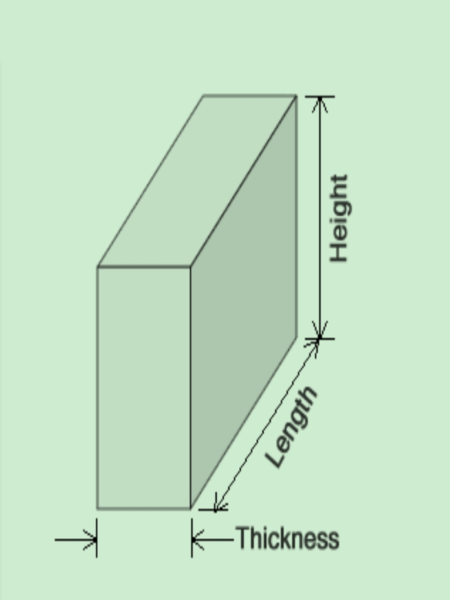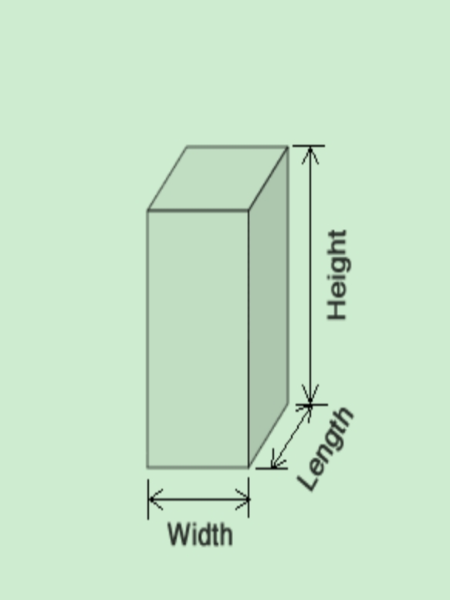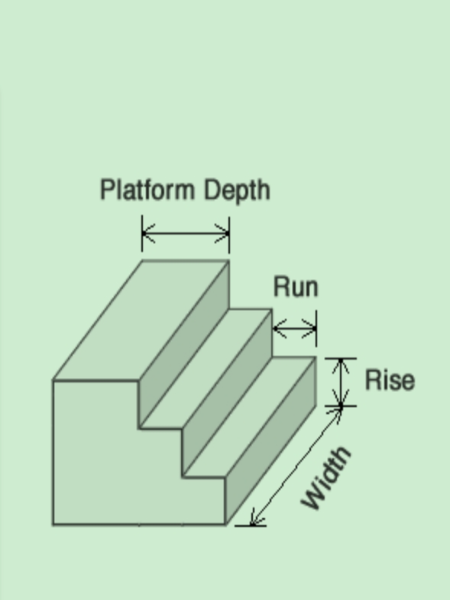A Guide to Successful Concrete Projects: From Prep to Curing
Using our concrete calculator to determine the required volume is just the first step. A successful concrete project requires thorough preparation and correct procedures. This guide will walk you through the key points.
1. Site Preparation & Formwork
Before ordering your concrete, it's crucial to have your project site ready. This typically includes:
- Clearing & Excavation: Remove all vegetation, rocks, and debris. Excavate to the specified depth according to your design. For load-bearing structures like driveways or foundations, this depth is especially important.
- Preparing the Sub-base: A solid, well-draining sub-base is key to preventing cracks and settlement. A layer of 4-6 inches of compacted gravel is standard. Use a plate compactor to ensure the sub-base is level and firm.
- Setting Up Formwork: The forms define the final shape of your concrete. Use sturdy lumber or specialized forming materials, ensuring they are securely staked in place to withstand the immense pressure of wet concrete. Check that the forms are level and all corners are square (unless otherwise designed).
2. Concrete Types & Strength (PSI)
Concrete strength is measured in Pounds per Square Inch (PSI). Different projects require different strengths. While our concrete calculator handles the volume, it's important to know which type you need.
- 2500 PSI: Suitable for non-load-bearing projects like walkways and patios.
- 3000-4000 PSI: The most common type, used for driveways, foundations, and slabs that will bear significant loads.
- 5000+ PSI: Used for commercial applications or special areas requiring very high compressive strength.
When ordering from a supplier, tell them the application, and they will recommend the appropriate mix.
3. Reinforcement with Rebar & Fiber Mesh
To increase concrete's tensile strength and prevent cracking, reinforcement is almost always necessary. Our concrete calculator doesn't compute this, but you must plan for it.
- Rebar (Reinforcing Bar): A steel grid that provides structural integrity. It should be positioned in the middle of the slab's height, propped up on "chairs" before the pour.
- Fiber Mesh: Tiny synthetic fibers mixed into the concrete to help reduce microscopic surface cracks.
4. The Pour & The Cure
Be prepared on the day of the pour. Have enough help and tools ready (wheelbarrows, shovels, rakes, etc.). After pouring, the most critical job is curing. Curing is the process of keeping the concrete moist to allow it to reach its designed strength. For the first 5-7 days, you should periodically mist the surface with water or cover it with plastic sheeting to slow down evaporation. Proper curing is essential for long-term durability.
Frequently Asked Questions (FAQ)
Why is it important to use a concrete calculator accurately?
An accurate calculation ensures you order the right amount of material. Ordering too little can halt your project, creating "cold joints" that compromise structural integrity. Ordering too much leads to waste and unnecessary costs. A good concrete calculator is your best friend for budgeting and planning.
Should I order extra concrete? (The 5-10% Rule)
Yes, this is a wise practice. The industry standard is to add 5-10% to the exact volume calculated by a concrete calculator. This surplus covers minor inaccuracies from an uneven sub-base, slight bowing of the forms, or small spills during transport and pouring. This simple precaution can save you from the major headache of running short.
Can this concrete calculator estimate cost?
This version focuses on providing a precise volume estimate. We believe a clean, efficient volume concrete calculator is the most critical function for our users. To calculate your project's total cost, simply multiply the volume (e.g., in cubic yards) by the price per cubic yard from your local supplier.
What basic tools do I need for a DIY concrete project?
Besides our concrete calculator for planning, you'll need at a minimum: gloves, safety glasses, a wheelbarrow, shovels, a rake, a float or trowel for finishing, a level, and lumber/stakes/nails for the formwork. For anything larger than a very small pad, renting an electric mixer is far more efficient than hand-mixing.
What is a "cold joint" and how do I avoid it?
A cold joint is the weak line formed between a fresh pour of concrete and one that has already started to harden. It's a point of structural failure. The best way to avoid it is to pour the entire area in one continuous session. This is why using a concrete calculator to order the right amount of material beforehand is so critical.
